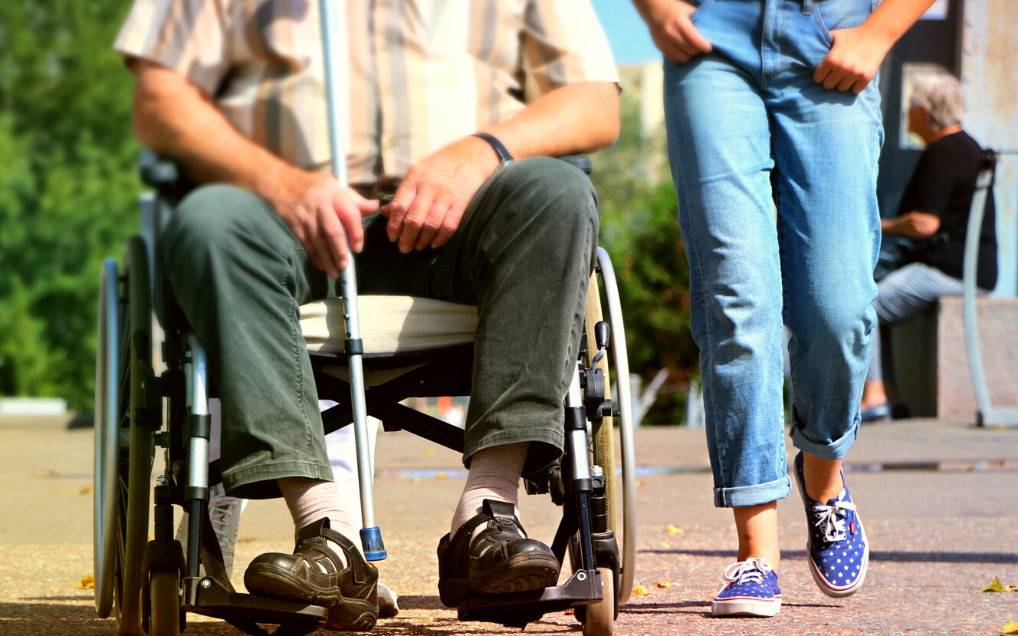One in five people in Australia live with a disability, not everyone with a disability has mobility or coordination difficulties but almost everyone will go through phase of life where they need supported access eg. Parents with prams, a child on crutches or elderly using a walking stick.
If you own or manage a business, it’s important to make sure that you don’t exclude a person who needs assisted access from participating in your business.
All people deserve respect, equal access to jobs and participation in society; It’s not just a legal requirement. Yet many business owners fail to consider their customers when designing their premises, with the result being inaccessible and unfriendly areas.
In addition, the Australian Human Rights Commission reports that people with a disability are underrepresented in our workforce, with workforce participation rates at only 48% compared with 80% for people without disability.
The business case for hiring people with disabilities is strong. In a supportive work environment there is reduced staff turnover, lower recruitment and retraining costs and the opportunity for both businesses and individuals to benefit. A diverse and inclusive business, with a culture of understanding and awareness which reflects the community in which it operates, is more resilient too.
The good news is it is possible to make your business more accessible and legally compliant.
Here are some things to consider:
1. Access and signage
Australian law requires that customers with disabilities are able to access your goods or services just like any other customer. So improving access supports both employees and customers as well as meeting your legal responsibilities.
Here are some of the things you can do to provide better access for everyone:
- have clear markings on steps or pathways;
- install better lighting;
- provide ramp access or other level entry options;
- provide close, dedicated car parking spaces;
- install braille and tactile signage;
- make the entrance easy to see with clear signage in contrasting colours;
- avoid using advertising that could become a hazard such as A-frame signs on narrow pathways; and
- provide access to safety information in different formats such as video, large fonts, audio or braille.
2. Evacuation procedures
Ensure your evacuation procedure is inclusive. For instance:
- develop a Personal Emergency Evacuation Plan (PEEP) for each person who needs personalised planning;
- consider a “buddy” system for any employee that may need support to evacuate; and
- ensure fire wardens know who requires additional assistance and understand the PEEP for each person.
3. Moving around the workplace or business
Many of these ideas are common sense and do not involve huge amounts of money:
- remove or relocate obstructions;
- keep access areas clear;
- set up office and retail spaces with plenty of room between desks, cubicles, aisles, displays etc;
- avoid using floor mats or coverings that could become trip hazards;
- install handrails if required;
- apply safety stickers to reflective glass;
- create wide doorways and entry areas;
- review common areas including board rooms and staff kitchens for potential improvements; and
- ensure there are accessible toilets (on the ground floor if the building does not have a lift).
4. Preparing your workplace
There is no one-size-fits-all approach to adapting a workplace. For instance:
- People with mobility difficulties may need additional attention to accessibility and the physical layout of the workplace;
- consider the needs of assistance animals and specialised equipment;
- some people may require coworkers to use alternative communication methods; and
- some people with may require more frequent breaks.
The best thing to do is to ask the employee what adjustments or supports they need.
5. Take action
Lastly, commit to change and get your team involved. Maybe reach out to other businesses who are already on the journey or have done something similar.
The Australian Network on Disability provides useful tips for employing people with disability and helps businesses to design business and products for customers with disability.
Remember, taking small steps is better than none!


Recent Comments